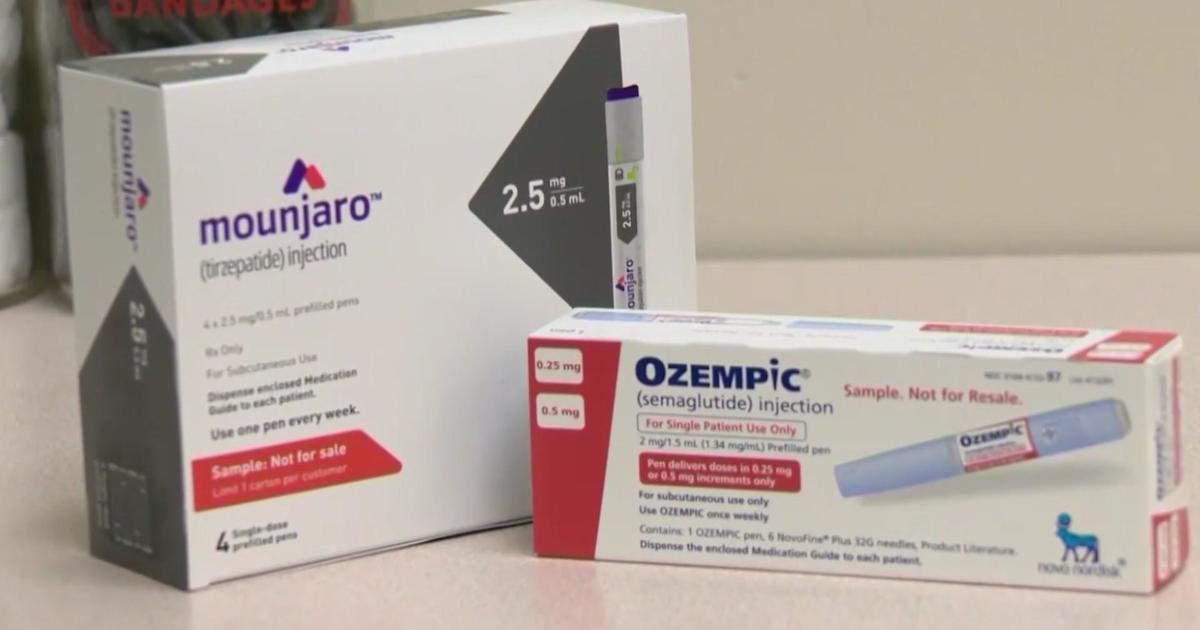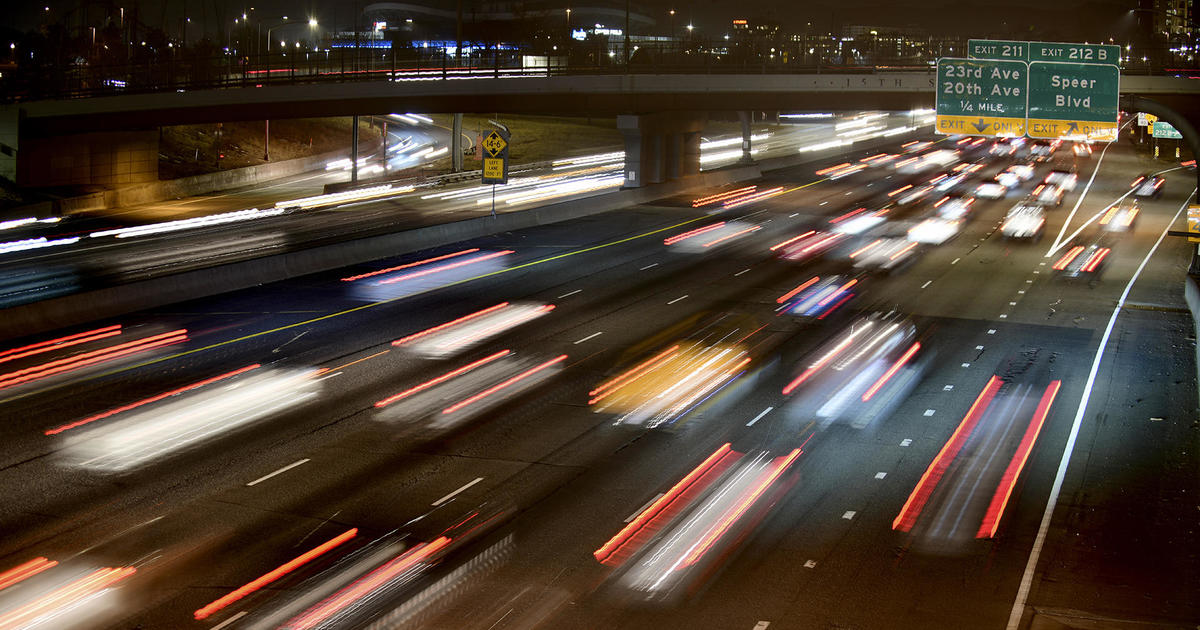Colorado Agencies, Tribes Working On Reburial
DURANGO, Colo. (AP) - On a May day last year in Santa Fe, the national committee reviewing issues surrounding the Native American Graves Protection and Repatriation Act received a presentation by a group from Colorado.
The group had come to appeal for help identifying more places on public lands for reburial of Native American remains.
"Today, we are here to express to you a significant barrier and ask you to be a strong supporter in partnership with us to make small changes in procedure, policy and interpretation, so we may utilize state and federal lands more broadly to provide for reinterment," Southern Ute Tribal Council member Pathimi GoodTracks said. "We have hundreds of relatives waiting, waiting for reburial, and it is distressing to Native people when our ancestors and relatives are left in limbo."
Such collaboration between tribes and government agencies is not new in Colorado and has helped make the state a model for the implementation of a law that many recognize is complicated, sensitive and potentially very contentious.
The state could continue to be a model in this work, Ute Mountain Ute Vice Chairman Bradley Hight said in a later interview.
"One of things we're finding out is that Colorado is being watched and the two Ute tribes being watched by everyone," Hight said. "We are the leaders."
Colorado first stood out as a leader in implementing the federal law when state and tribal representatives took it upon themselves to develop a policy for reburying remains that could not be traced to a specific tribe.
When the law was signed in 1990, it was viewed as a landmark law that made the treatment of human remains a human rights issue, said Greg Johnson, chairman of the religious studies department at the University of Colorado, who studies reburial issues. The act requires federal agencies and institutions that receive federal funding to return Native American human remains, funerary items and sacred objects to Native American tribes.
But the law left some issues unresolved or ambiguous, including the question of how to handle culturally unidentifiable remains.
A few years after the law was passed, representatives from Colorado's museums, state government and tribes pulled together 45 other tribes to create a standard procedure for dealing with culturally unidentifiable remains found on state and private lands. The procedure, approved in 2006, has been called the most extensive of its kind in the nation and Colorado quickly began receiving calls from other states looking to replicate its work, said Bridget Ambler, curator at the Anasazi Heritage Center, who worked on the process extensively in her former role as curator of material culture at History Colorado.
A few years later, the NAGPRA review committee came out with its own regulation addressing culturally unidentifiable remains that mirrors Colorado's process.
Now Colorado's tribal and governmental bodies hope to use a similarly collaborative approach to make headway on another issue the law fails to define - the process of finding land for reburials, especially when their origin is unknown.
At the Santa Fe meeting, Colorado Commission on Indian Affairs executive secretary Ernest House Jr. described a lack of burial options for Native American remains whose origins are unknown. Many tribes prefer state and federal lands for reinterment because they are more secure and better monitored, but those agencies don't have policies for reburying remains that may not have come from their lands, House said. Julie Coleman, heritage program manager at the San Juan Public Lands Center, agreed that internal policy restrictions and liability concerns make it complicated for the U.S. Forest Service to rebury items not excavated from its lands.
Multiple tribes have described similar difficulties.
Of the almost 45,000 culturally affiliated and culturally unidentifiable human remains that have been noticed by federal agencies and museums, only about one quarter have been transferred to tribes.
"Lack of a place to rebury has come forward as a reason for many," Sherry Hutt, national NAGPRA program manager wrote in an email.
The issue is "certainly one of the unresolved and broadly contentious issues under NAGPRA," Johnson said.
In 2011, Colorado tribes and agencies started to problem solve on their own, forming a workgroup to identify lands within Colorado.
"We already have a very strong state protocol with regards to 47 tribes being in agreement (about how to rebury unidentifiable items)," House said in a recent interview. "This is the next step."
After hearing the presentation from Colorado representatives, the review established a subcommittee to review the reburial policies of federal agencies and consider drafting an across-the-board policy.
"We all know that once the remains come into the possession of a tribe that the responsibilities of the museum or federal agency effectively ends with that transfer of control or possession," said Eric Hemenway, a review committee member during the committee's November meeting, "but for the tribes, this is an ongoing issue that their responsibilities don't end, that there's another whole phase of their responsibilities that come into play once they take possession of these remains."
During the next several months, tribes, state and federal agencies in Colorado plan to present their work to the subcommittee at its meeting in May.
Dawn Mulhern, Fort Lewis College's NAGPRA coordinator, said many organizations struggle to find the funding, the staff members and the time to comply with the law's requirements, Mulhern said. The large number of tribes with roots in the Southwest adds to the complexity of such work, she said.
But collaboration such as Colorado's is promising, Johnson said.
"Just the amount of emotional energy and material resources it takes to get work done is a huge barrier," Johnson said. "Therefore, collaborative efforts might prove to be the way forward."
- By EMERY COWAN, The Durango Herald
(© Copyright 2013 The Associated Press. All Rights Reserved. This material may not be published, broadcast, rewritten or redistributed.)



